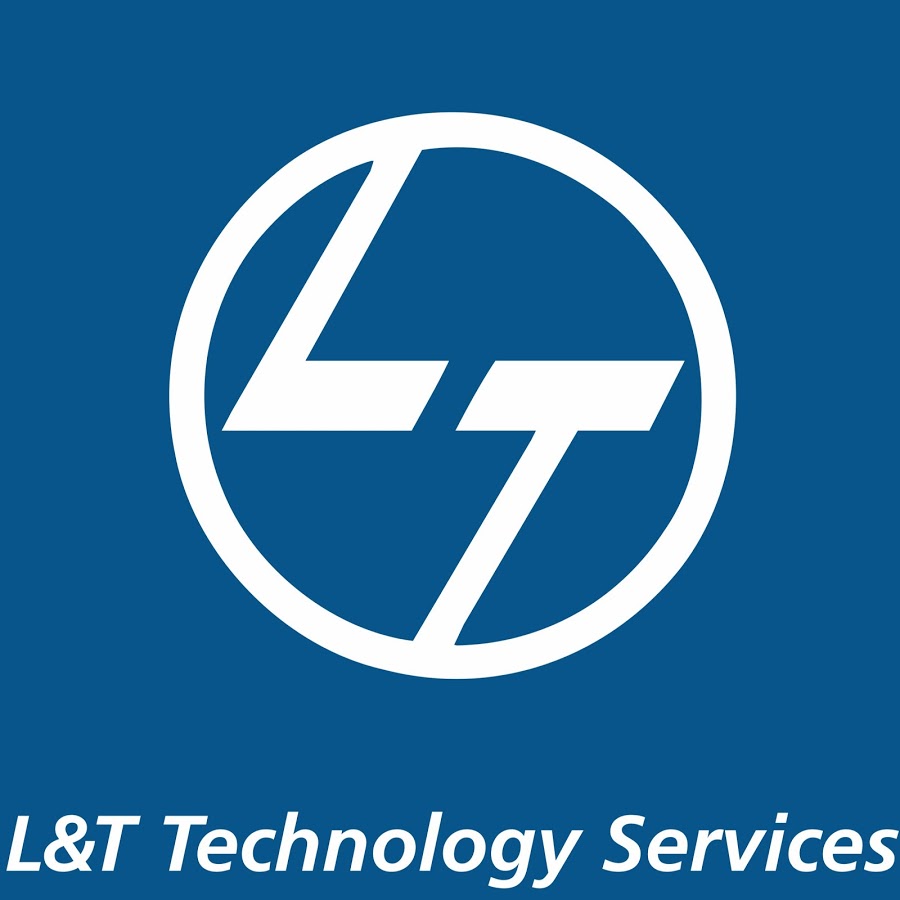Software engineering primarily focuses on language-based tasks, such as gathering and analyzing requirements for the design, implementation, and testing of systems. By leveraging AI along with large language models (LLMs), the global resource pool of effective developers is expected to increase by an additional 15 million by 2030.
Incorporation of LLMs with AI gave the world generative AI (GenAI) tools like OpenAI’s ChatGPT and Google’s Gemini, which process vast amounts of information and automate routine tasks like text generation, classification, summarization, and big data extraction and analysis. Yet, each of these off-the-shelf LLMs have their own deficiencies. They often struggle with industry-specific terminologies, lack contextual understanding, and carry inherent biases from their training data. These limitations are particularly challenging in software engineering, where accuracy and precision are critical for timely and efficient project execution.
Therefore, software engineering requires custom-built LLMs to better interpret technical specifications and significantly reduce errors and cost overruns in development, streamline communication between teams, and accelerate project timelines.
Some of the ways in which custom LLMs can help software engineers streamline their workflows and productivity include ideation and requirement elicitation; software design and architecture; code generation; and quality assurance, testing, and validation.
Ideation and Requirement Elicitation
In the initial stages of software development, specifically during ideation and requirement elicitation, developers are tasked with the critical role of defining and collecting the specific needs and functionalities of a software product. This phase is essential as it transforms abstract ideas into detailed, actionable plans and specifications, setting the foundation for the entire project. Unfortunately, it is also at this stage where most software product failures take root.
In a 2023 survey, developers opined that AI tools with customized LLMs have enhanced their coding capabilities, leading to more productivity in their workdays. Such robust enablement reduces potential errors often arising from requirements that are unclear, outdated, or poorly aligned with technical capabilities and business objectives.
For example, in a healthcare management system, a custom LLM could ensure that the technical requirements accurately reflect the complex regulatory needs and specific healthcare protocols. It can also be prompted to ask questions to identify and fill gaps in system specifications. This way, LLM can bridge the gap between technical teams and healthcare experts, thereby significantly reducing the risk of costly errors or conflicts in requirements.
Software Design and Architecture
Software design and architecture are critical components of the software development process and lay the foundation for the functionality, performance, and quality of the final product. LLMs can provide real-time assistance in conceptualizing and planning complex systems. They can also be trained to conduct thorough reviews of both the overall architecture to identify potential design flaws, scalability issues, and deviations from best practices, offering suggestions for improvements.
Code Generation
A common challenge in software development is the underutilization of codes and repeatability within teams, even when working on similar functionalities. This often leads to unnecessary code duplication, inflating the time and resources spent on aspects like quality assurance, testing, and security. Such repetitive efforts not only strain resources but also impede efficiency, necessitating the need for more streamlined development practices.
Custom LLM tools like GitHub Copilot and Amazon’s Code Whisperer are redefining productivity by automating routine tasks and generating code more effectively and securely than traditional platforms. Employing these tools for methodical code reuse has resulted in a significant 35-40% reduction in both time and effort. This has further enabled notable cost savings, streamlined operations, and accelerated product journey from development to market.
Quality Assurance, Testing, and Validation
As software projects become expansive and more complex, the importance of code reviews in upholding the quality and integrity of the codebase cannot be overstated. Custom LLMs are being implemented to automatically assess code quality, identify bugs, and offer recommendations. While in test automation, these language models generate test cases directly from requirement documents.
As these models are further refined with OEM-specific data, they promise to enhance accuracy, consistency, and test coverage. This progress suggests a future with more integrated automation, end-to-end, throughout the development process, leading to not just cost and time savings but also improved quality and reliability in software products.
Software engineering is not the only domain that can benefit from custom LLMs. Various industries demand a range of complex language tasks including data analysis, design optimization, documentation, and communication. Custom LLMs can automate and enhance such processes, leading to improvements in quality, performance, and innovation.
By harnessing the potential of custom LLMs, industries can achieve unparalleled efficiency, precision, and innovation, fundamentally transforming their operational landscapes.




